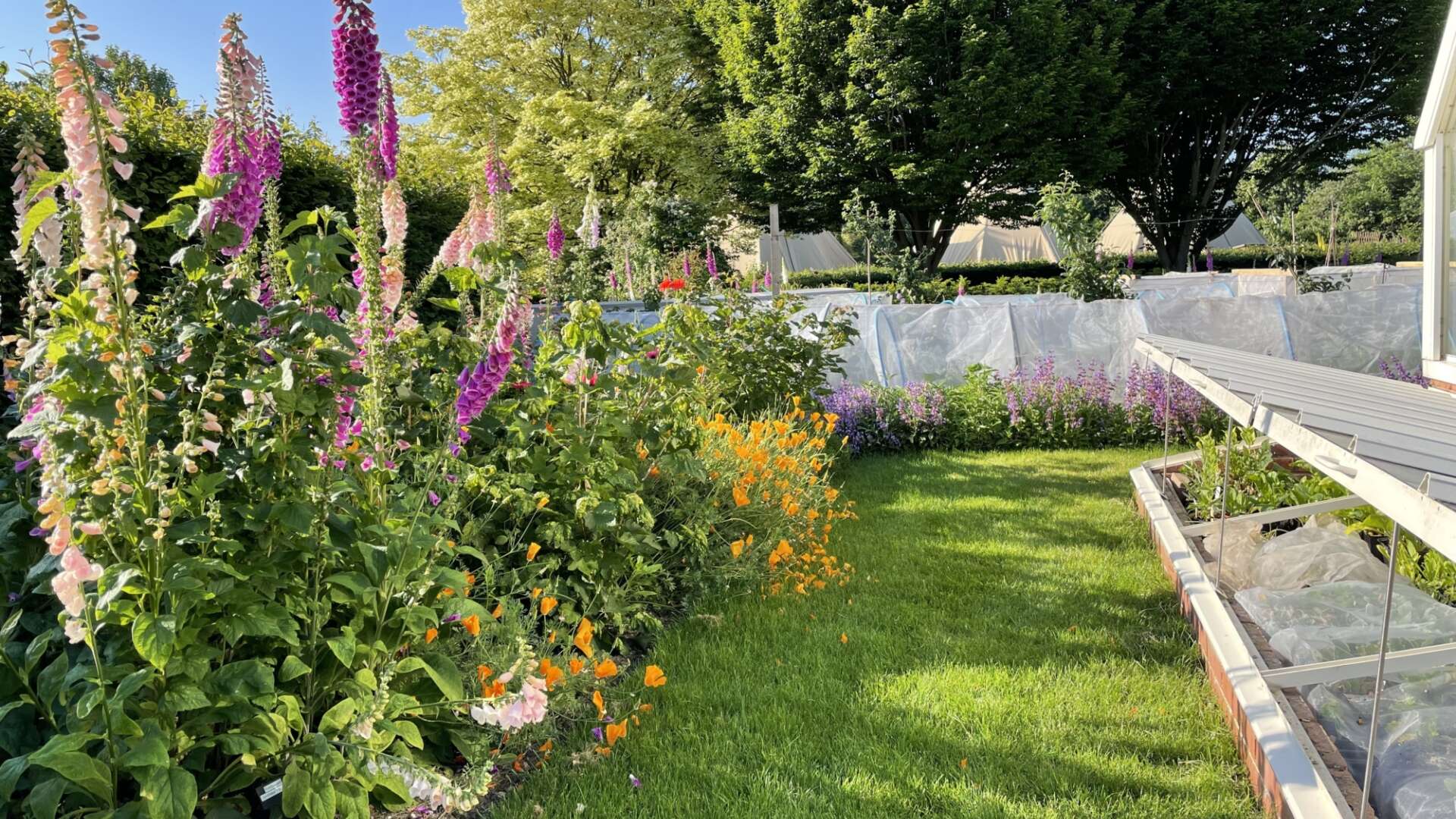How to grow lawns
Starting a new organic lawn

Creating a lush lawn 🔗
A lawn is a great addition to a garden. Even the smallest patch of grass can provide food, habitat and shelter for biodiversity, as well as a lovely place for you and your family to relax.
What's more, grasslands, meadows, and even small lawns act as solar panels, sending water into the atmosphere as they transpire and bringing the temperature down by as much as 15°C.
Lawns can feel intimidating, but unless you're planning to open a bowling club, they really are an easy way to increase the greenery in your growing space.
Deciding on the type of lawn 🔗
If you're looking for something traditional, there are a few different types of grasses to choose from, depending on how hardwearing you want your lawn to be.
But lawns created from grass aren’t right for every garden – with more awareness of the benefit of diverse planting, a 'tapestry' lawn can be a great way to boost biodiversity.
Choosing your grass seed 🔗
If you are starting from scratch, plan a mix of grasses and clover. Whether you are laying turf, or sowing seed, consider the following:
- Rye grass – hardwearing and perennial, can withstand drought.
- Red fescue – Hardwearing and reasonably tolerant of drought – includes slender and creeping varieties.
- Bent grasses – these spread by their long creeping stems, which extend over the surface of the soil. The joints (nodes) of these stems take root very easily, to form the thick, velvety turf often used on high maintenance lawns such as golf courses.
- Clover – it’s not a grass, but it does lock nitrogen into the soil, which is a natural fertiliser. The flowers feed the bees, and it keeps the lawn looking green during a drought. Use a dwarf variety with small leaves.
Step-by-step guide to sowing a lawn 🔗
If you'd like a lawn but don't want the expense (and footprint) of buying turf, have a go at sowing grass seed.
1. Grass seed is best sown from late summer to mid-autumn, while the soil is warm, and just after rain.
2. Prepare the soil by removing weeds and stones. Fork and rake over the site and firm the soil by walking over it.
3. Broadcast the seed at a rate of 1.5oz per square metre.
4. Rake the seed in and add a few sticks to discourage birds and cats from digging it up.
Mixed or tapestry lawns 🔗
Charity Plantlife says we’ve lost nearly 97% of flower rich meadows since the 1970s and with them are gone vital food needed by pollinators.
While our lawns can never make up for the loss of natural grasslands, more biodiverse lawns create corridors between habitats rather a blank canvas.
Incorporating more than just rye grass into your lawn is a great first step in making it more enticing to nature.
This can be as simple as allowing plants we normally consider ‘lawn weeds’ such as dandelion, speedwell and buttercups to grow naturally.
For a diverse lawn, see our Eight grass alternatives for your lawn.